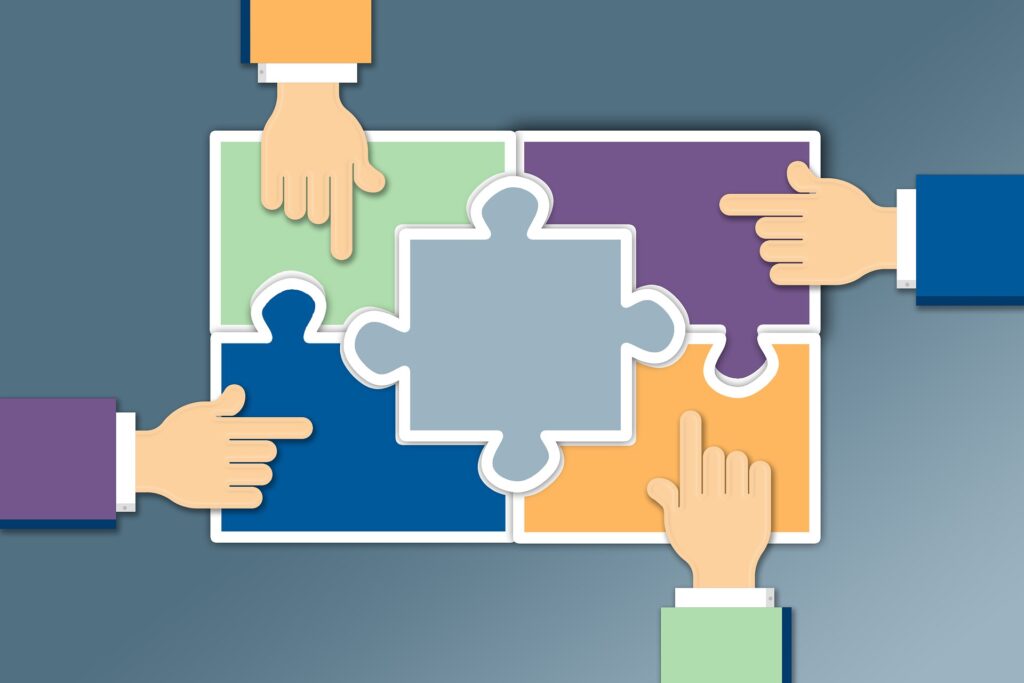
SUBSCRIPTION MODEL, THE MOST ROBUST
Accelerate your business with these expert tips on the "Subscription Model, the most solid". Analyse and discover this TIP!
This model is based on the payment of a periodic feewhich allows the contractor to enjoy of a product or service. The user no need to buy itMoreover, subscriptions are normally incorporate a maintenance and updating service.
The development of this type of business reflects the imperative value of access to services for the enjoyment of services, to the detriment of the possession of goods. An example of this would be Netflix or Spotifysuccessful business model, which for a monthly fee allows us to enjoy a lot of audiovisual content, unlimited and up to date.
You pay a periodic fee for the product or service because it is commensurate with the value generated. It is a good fit for B2B projects, Although perhaps the example that comes most readily to mind is the media or even the gym membership fee. If only we could be like Netflix!
Well, let's take it one step at a time. Let's start by attracting them and then we will build their loyalty. The important thing is that your customer understands why you are so valuable that they have to pay for it..... In a way periodic and repetitive.
Content to which, normally, we would not be able to access it if we had to acquire it through a traditional business model.
Moreover, the entrepreneurs, in this case, benefit from real-time analysis of your business, without waiting until the end of the life cycle of your product or service to forecast its future.
The hook to attract is often a free demo... but, For how long?
Our entrepreneurs often ask us how far we can extend this free service. But that is not the question, Is that customer who asks you to extend the service for free really your customer (the one who will then be willing to pay)?
It is not easy to say no, especially at the beginning. But in this case, We advise you to build customer loyalty in terms of quality rather than volume.
The first customers are the most loyal if you do things right from the start:
Software as a Service (SaaS)
- These are companies that offer their software dynamically, where the customer pays flexibly for the use of the software.
- e.g. Salesforce
Service as a Service
- Another level of software as a service, in which the company offers its customers a (scalable) service with the same characteristics as SaaS (flexibility, pay-per-use, etc.).
- e.g. Shopify
Content as a Service
- These are platforms that offer their content with the same philosophy as SaaS, i.e., where the customer pays dynamically and scalably for the content to which he or she wants to have access.
- e.g. Spotify, Netflix
Infrastructure/Platform as a Service
- Two different and sequential levels in which the company offers the use of its hardware and communications infrastructure (IaaS) or the use of its platform (PaaS) and where the relationship with the client follows the SaaS philosophy.
- e.g. Amazon Web Services
Freemium
- These are business models (which we have already discussed) in which a large percentage of users do not pay for the use of the product or service (free), something that is possible because a small percentage of users do pay for a premium service.
- e.g. Dropbox
Donations
- A charity-based model where users donate any amount they want to support the work or activity of the site.
- e.g. Wikipedia
Sowing of samples
- These are companies that distribute product samples (perfumery, hygiene, pharmacy, etc.) to their customers, usually in the form of premium boxes, for which the customer pays and the company offering the samples pays as well.
- e.g. Joliebox, MyKerBox
Membership services
- The user pay for being part of a club or closed group which benefits from a number of advantages and bonuses.
- e.g. Amazon Prime
Support and maintenance
- It is about companies that make money by providing support services to their customersThe company itself distributes products free of charge, usually to users.
- e.g.10gen, Red Hat
Paywall
- A model being explored by some media such as monetisation route and that implies that any user can access its contents for free until a point is reached (due to the volume of contents, type...) in which if you want to see more you have to pay.
- e.g. NYTimes
Videoconferencing with video and audio
- They are collaborative work platforms where clients are allowed to have meetings with video and audio, and where there is a charge for the use of the platform.
- e.g. Uberconference, GotoMeeting
APPLY THIS TIP TO YOUR PROJECT
- 💻 PRACTICE with an expert in the next practical webinar.
- 🔎 CONSULT more related TIPs with this same theme.
- 📖 AMPLIA your knowledge by downloading this EBOOK.
THINK ABOUT YOU
- 🚀 IMPULSA your company in the next acceleration programme, ¡book your place now!.
- 🥁 PRACTICE with your project in this practical webinar, ¡apply for your place!.
- 🌐 CONTACT with other entrepreneurs and companies, ¡register and take part in the next Networking!
THINK ABOUT HELPING OTHERS
- 🤝COLLABORATE as a volunteer: expert, mentor, inverter, awarding, Spreading the word, challenging, innovating, creating a TIP...
- 💬 RECOMMENDS this programme to reach out to more entrepreneurs by Google.
- 👉 SHARE your learning!
- 📲 SEND this TIP 👇
Rate this TIP!
Click on the stars to rate
Rating "2" - Average " - Average4"
No votes yet, be the first to vote!
We are sorry you did not find it useful.
Help us improve this TIP!
Leave us a comment and tell us how you would improve this TIP









